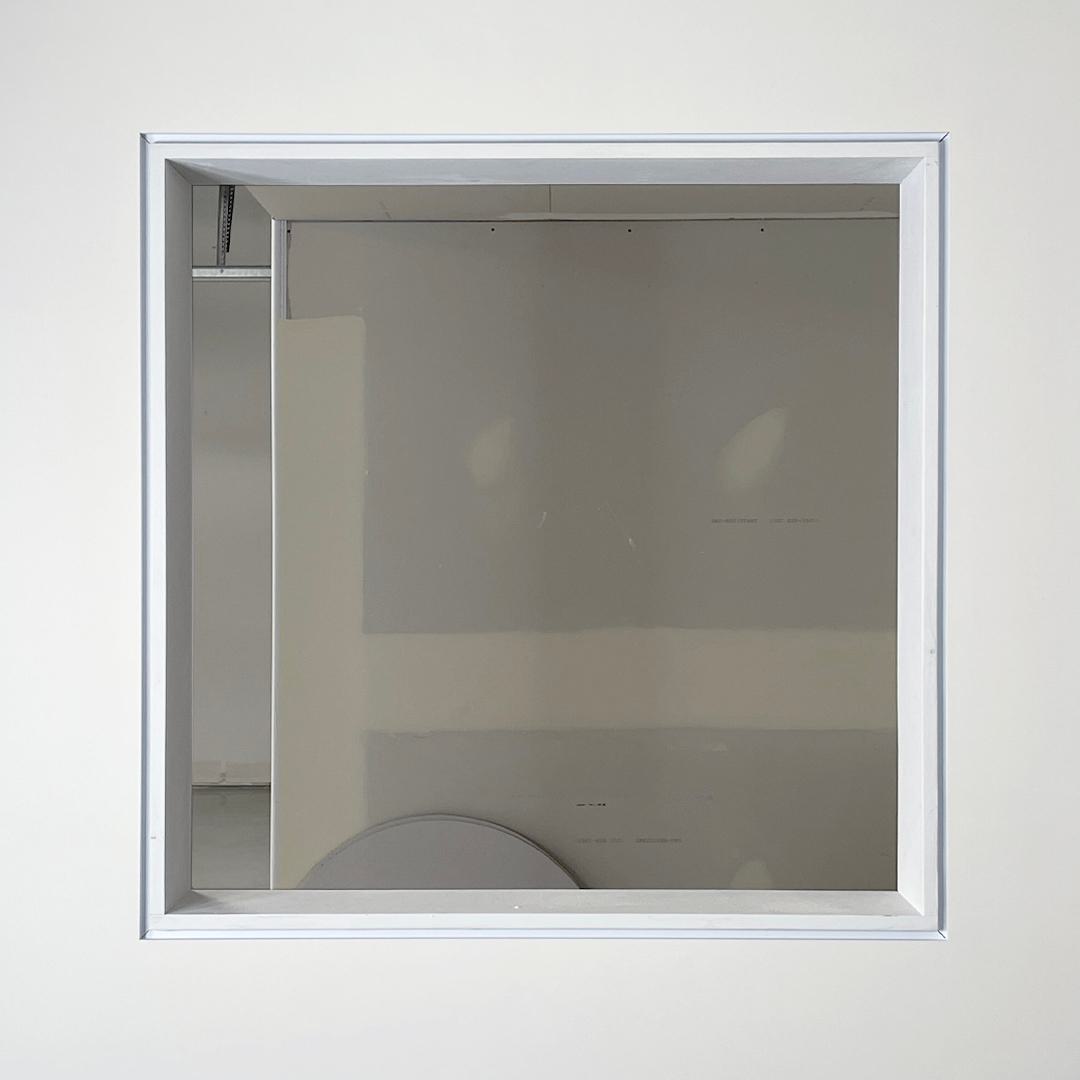An interior space’s windows are the natural focal point of any room. Especially during the daytime, the eye is almost always naturally drawn to these areas. So why do so many interior designers, architects and drywallers treat windows like they’re just another part of the wall? These are perfect opportunities for finishers to get creative — tap into your adventurous side and transform your windows with Z Shadow Bead!
To show you how it’s done, we built a window at Trim-Tex HQ and used our Architectural Z Shadow Bead around the edges for an eye-catching trimless look:












